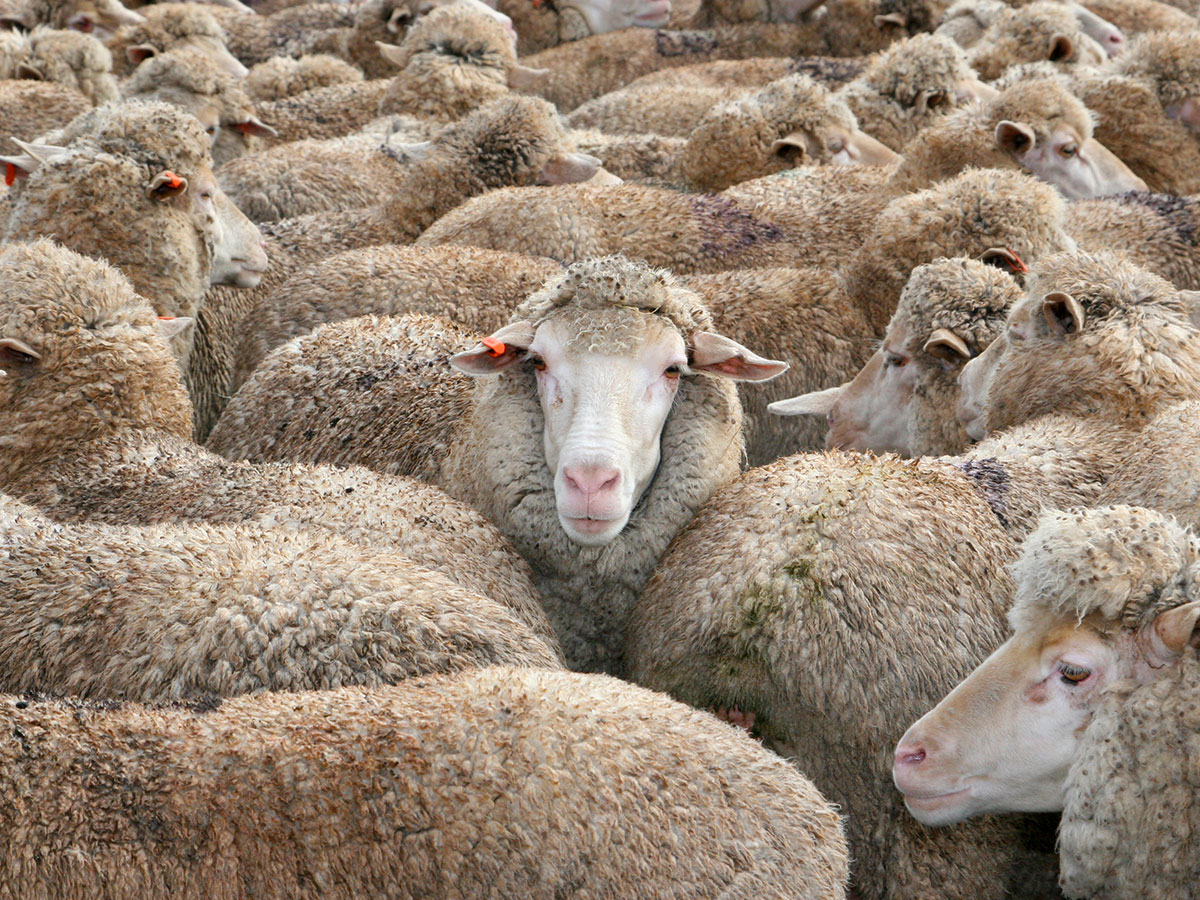Outbreaks of Foot and Mouth Disease (FMD) have previously occurred in Australia, but not since the 19th century. The last known incursion of the virus was in Victoria in 1872 from a bull imported from England. Since then, the virus has not been allowed into the country and biosecurity protocols have been put in place to prevent its entry. Even the purpose built Australian Animal Health Laboratories (AAHL) has had a number of requests to import the virus for research purposes quashed to keep the country free of the disease.
For the first time in over 140 years the FMD virus was recently detected in Australia in surrendered imported meat products. Samples from 283 meat products surrendered or confiscated at airports were tested AAHL with two testing positive for the virus. The two samples were from products that had been voluntarily declared to biosecurity staff upon realising they were not allowed into the country. It is unlikely this was the first time the virus has made its way into Australia in meat products and it’s unlikely to be the last.
This type of import poses a serious risk to the livestock industry. An FMD outbreak would shut down many of our overseas markets overnight and our products would quickly be replaced by our competitors. The larger the outbreak the longer it would take to control and the more ensconced our competitors would become in our traditional hard-won markets. A study published in 20131 estimated that a large multistate outbreak would cost the livestock industries $52 billion dollars, mostly in reduced commodity prices due to market failure. The study also estimated an 80% drop in farm gate beef prices that would not return to pre-outbreak prices even after 10 years.
So how does a smuggled cured sausage infected with FMD virus cause a large disease outbreak in Australian livestock? The answer is simple, it has to make it into a pig and the pig then has to infect an animal that makes its way into a saleyard. The feeding of meat products or scraps that have been in contact with meat to pigs is called swill feeding. Swill feeding is illegal and in Victoria it is illegal to supply someone with swill knowing that they will feed it to pigs. Once the virus enters the pig and establishes an infection it produces vast amounts of airborne virus within a few days. In fact an infected pig produces enough virus per day to infect every cow in Australia. A single infected pig in a backyard could infect cattle up to 1.5km away and 1000 infected pigs produces enough virus to infect cattle up to 100km away.
Historically, the large and difficult to control outbreaks, such as the outbreak of 2001 in the UK, are associated with propagation events. A propagation event is where infected cattle or sheep enter a livestock market and animals are dispersed over large areas. This is a fast and furious way of spreading a highly infectious disease like FMD.
While the number of FMD infected countries is reducing over time but this is tempered by increased air travel and parcel movements. There may be fewer infected countries, but more travel from those countries. Assuming it is a rare event which occurs once every 100 years2, if you’re just embarking on your livestock career there is a 30-40 percent chance that an FMD outbreak will occur in your lifetime.
The known factors are: swill feeding occurs; more people are keeping backyard pigs; and the virus has been intercepted at the country’s border. The take home message is be vigilant and respond. Report swill feeding and if you see animals displaying signs of FMD (sick, drooling, with blisters or ulcers on the feet and mouth) report it to the Emergency Animal Disease hotline, 1800 675 888 straight away.
Download our factsheet on Foot and Mouth Disease
1: Buetre, B, Wicks, S, Kruger, H, Millist, N, Yainshet, A, Garner, G, Duncan, A, Abdalla, A, Trestrail, C, Hatt, M, Thompson, LJ & Symes, M 2013, Potential socio‐economic impacts of an outbreak of foot‐and mouth‐disease in Australia, ABARES research report, Canberra, September.
2: Hafi, A, Addai, D, Zhang, K & Gray, EM 2015, The value of Australia’s biosecurity system at the farm gate: an analysis of avoided trade and on-farm impacts ABARES research report 15.2, Department of Agriculture, Canberra, June.
